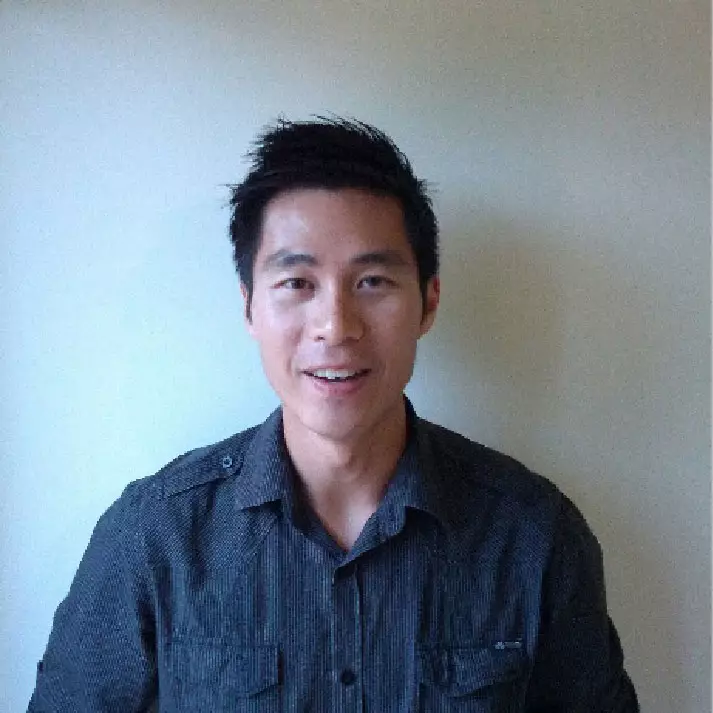The world of freelance journalism is at your fingertips.
The Professional Freelance Journalism Course is a well rounded, practical and up-to-date journalism course, which offers the skills and knowledge to find success as a freelance journalist. Listed below is just a snapshot of the information presented over twelve, easy to understand tutorials for you to read at your own pace.
1. Basics of Freelance Journalism & Working from Home. So, you want to be a freelance journalist? This introduction sets a solid foundation to the exciting and dynamic world of journalism. This tutorial will present the day-to-day realities of being a journalist, as well as debunking the myths of the industry. You will be introduced to what it means to work freelance, as opposed to full-time, as well as the implications these roles have. You will be given tips on setting-up a functional and productive work space and ethic, and how this works on the road. Tutorial one concludes with assignment one.
2. The Marketplace & the Article. Success in the industry comes in part by knowing the newsstands and identifying markets. In this tutorial, you will be shown the different formats of publications that make the industry, as well as gaining an understanding of the differences between news, stories, features, profiles, reviews and columns, and you will learn what editors like. The tutorial ends with assignment two.
3. Understanding Grammar & Sub-editing. Tutorial three is back to basics, where you will look at the parts of speech, the importance of punctuation and the rule of modern language. You will be given tips on editing and re-editing your work and the growth that comes from an editor telling you to ‘have another go’. As well as this, you will learn to recognise when your article is finished and how to write a review. The tutorial ends with assignment three.

4. Knowing Your Clients & Building a CV. In tutorial four we go through the chain of command and production cycle, starting with the editor and what they do. You will learn how to satisfy any editor, as well as how to develop relationships with sub-editors and using these to your advantage to sell and gain stories. You will begin to develop your portfolio, as well as learning what you need to know about writing for lifestyle magazines. Tutorial four finishes with assignment four.
5. How to Get Freelance Article Ideas. This tutorial will help you find your ‘light bulb’ moment, as we explore where to find good ideas and turning them into great stories. You will learn seasonal story ideas, and how to place yourself in the front line of accessing potential stories. This tutorial explores the importance of the publicist, talking to experts and listening to friends and peers and how to write for music press. Assignment five rounds off this tutorial.
6. What Makes a Good Freelance Article. Building on knowledge gained from tutorial five, tutorial six explores the finer points of turning a good story into a great story, exploring new angles to a story and picking the right angle. You will learn of the importance of research and multiple view points, and how to conduct effective research using many channels. This tutorial also explores everything you need to know about writing for women’s magazines.
7. How to Sell an Article: The pitch. Tutorial seven begins with the all important pitch; how to pitch, and why timing is everything. You will learn about how to get your pitch in front of the right people, as well as the right and wrong ways to do the ‘hard sell’. This tutorial covers the uncomfortable topic of rejection, and how to bounce back from it. It takes a practical look at the business-end of freelance journalism, looking at contracts, rates and copyright, and the industry standards that determine these elements. You will also learn about writing for men’s magazines, as well as receive an introduction to photography and photo-journalism. This tutorial ends with assignment six.
8. Taking a Brief & the Basic Rules of Journalism. In tutorial eight, you will look at the brief, and the importance of sticking to it. It also covers writing to a deadline, and why deadlines are so important. Tutorial eight also covers journalism ethics, with a brief discussion on defamation, developing and respecting sources and the importance of industry contacts. This tutorial looks further into travel writing, and how to write a fishing article, and computer and IT articles.
9. How to Write an Article – Part One: The Basics. Tutorial nine is the first in a two-part series on how to write an article. Beginning at the basics, you will look at understanding both the client and the audience, as well as the rules of reporting (the who, what, where, when and why). You will learn how to make structure simple by understanding the structure pyramid. You will also learn the importance of the lead, and what the lead should contain, as well as how to use direct and indirect quotes, references and how to end a story. This tutorial also offers a guide to media markets, and information on how to write for regional and country press. This tutorial concludes with assignment seven.
10. How to Write a feature Article – Part Two: Writing Style. In the second part of ‘How to Write an Article’, you will look at developing your writing style, through writing in the active voice, as well as setting tone and tense, and sticking to it. You will learn how to build a story and letting it flow, while removing redundant words, platitudes and clichés. You will learn that competent writing is good writing and explore the media markets.
11. The Interview Tutorial eleven explores how to set up, and conduct interviews, as well as the finer points of interviewing, interview techniques and how to get the most out of a short amount of interview time. You will learn how to make technology work in your favour as a freelance journalist, as well as how to work as a roving reporter and how to handle a ‘difficult’ interview / interviewee. This tutorial concludes with assignment eight.
12. Freelance Assignments that Pay To conclude this journalism course, tutorial twelve looks at why niche publishing is so important to a freelancer, as well as how to write and sell to these niche markets. Tutorial twelve looks at the various niche markets and discusses the potential markets that are often overlooked. On the business end of being a freelancer, this tutorial offers a checklist for running your freelance business, and factors such as taxation and accountancy. This tutorial offers a valuable list of contacts, associations and resources to set you on your way. This tutorial ends with your final assignment.






